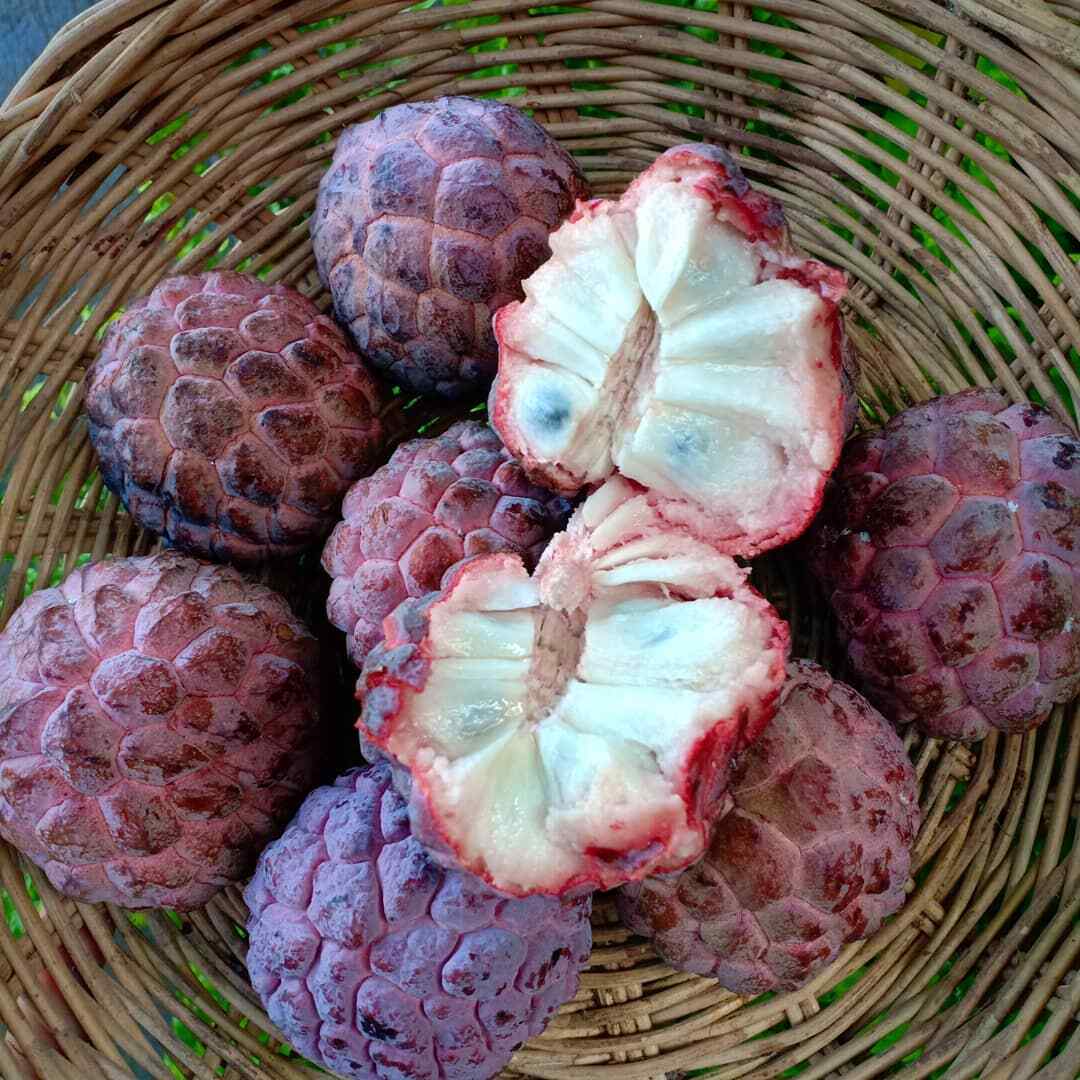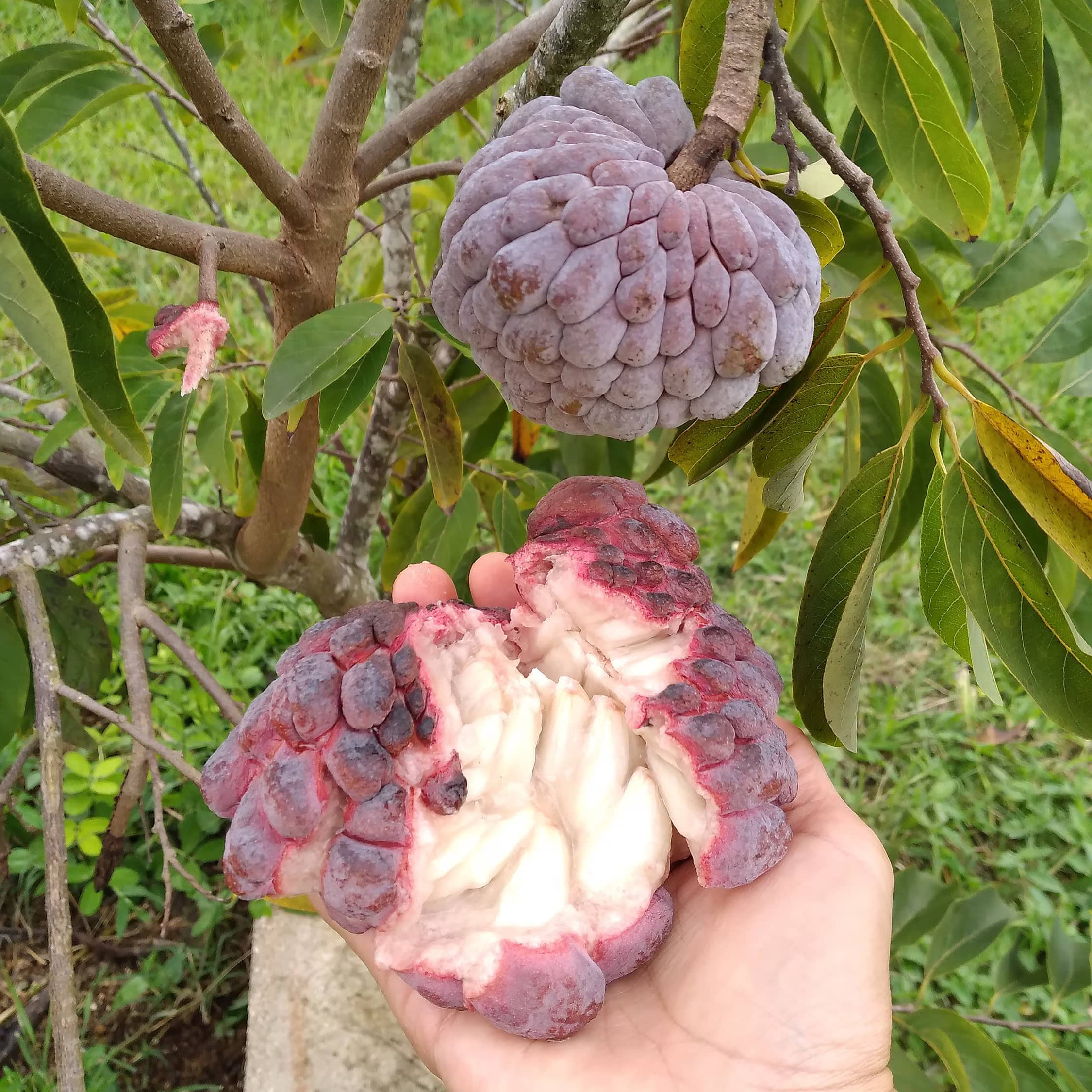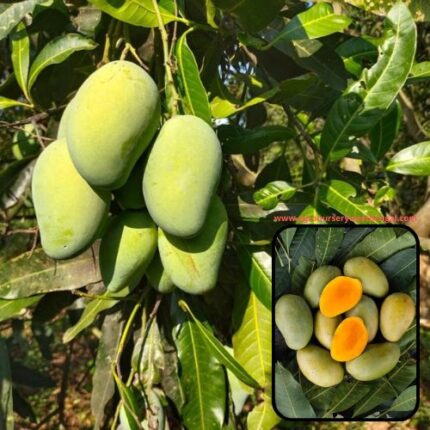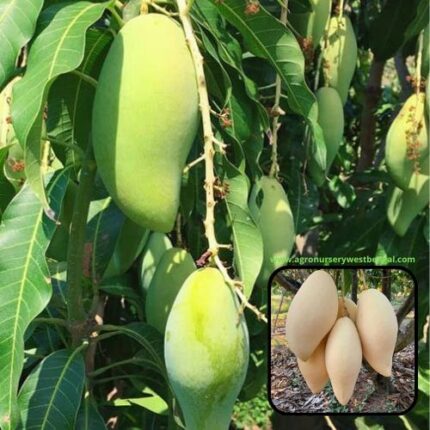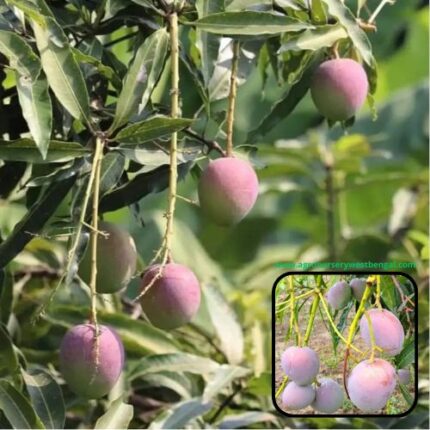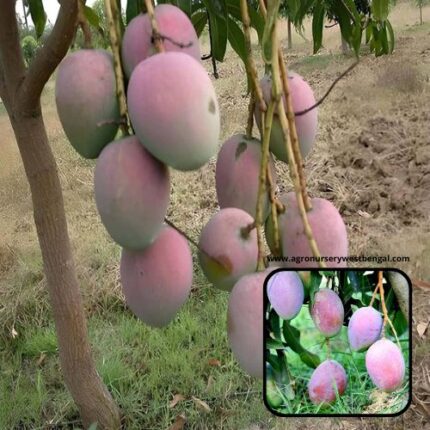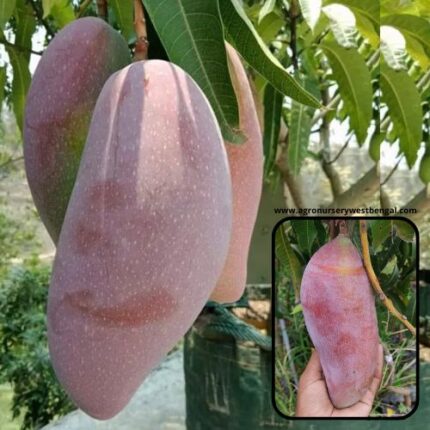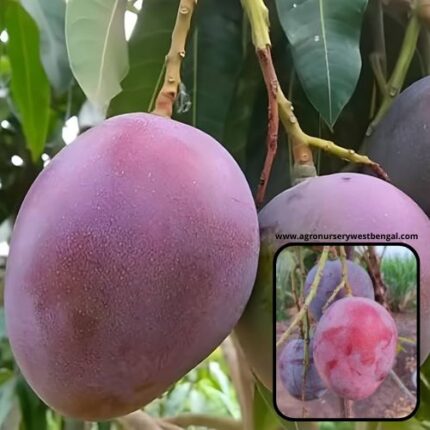“Thai all time mango plants” has been added to your cart. View cart
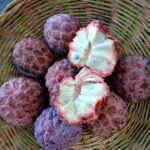

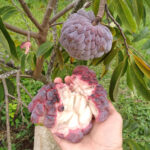
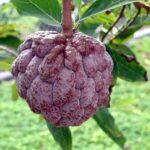
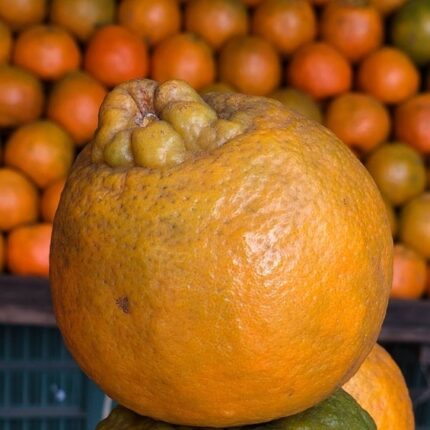
Nagpur orange fruit plants
₹699 Original price was: ₹699.₹399Current price is: ₹399.
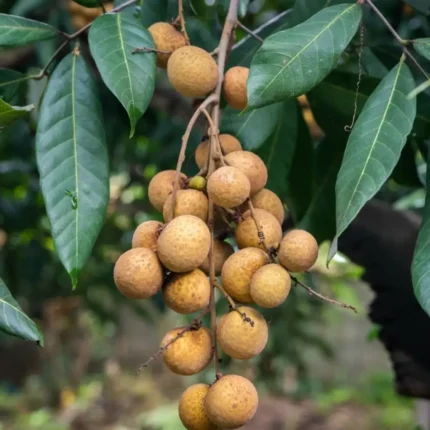
4 Season Longan fruit plants
₹2,999 Original price was: ₹2,999.₹1,999Current price is: ₹1,999.
Red custard apple fruit plants
₹899 Original price was: ₹899.₹549Current price is: ₹549.
Category: Fruit Plants
Description
“Red Custard Apple” refers to specific varieties of the custard apple (Annona reticulata) that develop a distinctive reddish-pink or maroon skin when ripe, differentiating them from the more common green-skinned varieties. It’s also known by names like Ramphal or Bullock’s Heart, due to its often heart-like shape.
Here’s a detailed description:
1. The Fruit:
- Appearance (Exterior):
- Shape and Size: Typically heart-shaped, spherical, oblong, or sometimes irregular, ranging from 7-12 cm (3-4.5 inches) in diameter.
- Skin: The skin is thin, somewhat leathery, and has a characteristic reticulated (net-like or scaly) pattern. When ripe, it transitions from green to a prominent reddish-pink, dark maroon, or brownish-red color, often with red highlights. The degree of reticulation and skin color can vary between cultivars.
- Appearance (Interior):
- Flesh: The edible flesh is creamy, soft, and custard-like, often described as having a white or pinkish hue. It’s somewhat segmented internally.
- Seeds: Contains numerous glossy, black or dark coffee-colored, inedible seeds scattered throughout the pulp. These should be discarded.
- Aroma: The ripe fruit typically has a pleasant, sweet, and aromatic fragrance.
2. Taste and Texture:
- Flavor: The taste is distinctly sweet and pleasant, often compared to a blend of traditional custard, vanilla, banana, or pineapple, sometimes with subtle hints of raspberry or even a cheesecake-like note in some highly prized varieties (like ‘San Pablo’). It’s generally less intensely sweet than a sugar apple (Annona squamosa) but often has a richer, more complex sweetness.
- Texture: The flesh is smooth and creamy, with a melting, custard-like consistency when fully ripe. While it’s generally less grainy than some Annona squamosa varieties, it can have a slightly granular texture in some cultivars.
3. Ripeness and Handling:
- How to tell if it’s ripe: A ripe Red Custard Apple will be soft to the touch, yielding to gentle pressure, similar to a ripe avocado. The skin will have achieved its full reddish or maroon color. Avoid fruits that are very hard (unripe) or excessively soft and leaking (overripe).
- Storage: Ripe custard apples have a relatively short shelf life (1-2 days at room temperature, 2-3 days in the refrigerator). Unripe fruits can be stored at room temperature to ripen and then refrigerated.
4. The Plant (Annona reticulata):
- Growth Habit: A small deciduous or semi-evergreen tree, typically reaching 4.5-9 meters (15-30 feet) in height, with a spreading canopy.
- Leaves: Slender, hairless, often straight and pointed at the apex, 10–20 cm (4–8 in) long.
- Flowers: Yellowish-green flowers, usually in clusters of three or four.
- Climate: Native to the West Indies and Central America, it thrives in tropical and subtropical climates with alternating wet and dry seasons. It needs warm, humid conditions and at least 6-8 hours of direct sunlight daily for optimal fruit production. It’s more tolerant of light night frosts than some other Annona species.
- Soil: Grows well in various soil types with good drainage (pH 5 to 8), but does not tolerate waterlogging.
- Fruiting: Grafted trees can start bearing fruit within 2-3 years. The season varies by region; in Asia, it’s often from July to September. A mature tree can yield a significant amount of fruit (e.g., 45 kg per year or more).
5. Uses and Benefits:
- Culinary:
- Fresh Eating: Best enjoyed raw by cutting the fruit in half and scooping out the creamy pulp with a spoon. Discard the seeds and skin.
- Desserts: Its sweet, creamy texture makes it excellent for use in smoothies, milkshakes, juices, ice creams, puddings, sorbets, yogurts, and as a topping for oatmeal or pancakes.
- Nutritional Value: Red Custard Apples are a good source of:
- Vitamin C: A powerful antioxidant that supports immunity.
- Dietary Fiber: Promotes healthy digestion and gut health.
- Vitamins B6 & B9 (Folate): Important for metabolism, brain health, and healthy pregnancy (folate).
- Minerals: Contains potassium (for blood pressure and heart health), magnesium (for muscles and nerves), calcium, and iron.
- Antioxidants: Rich in polyphenols and flavonoids that help protect the body from oxidative stress and reduce inflammation.
- Health Benefits: Supports the immune system, promotes heart health, aids digestion, contributes to healthy skin and vision (due to Vitamin A and C), and has anti-inflammatory properties.
The Red Custard Apple, with its appealing color, unique texture, and delectable flavor, is a delightful tropical treat, offering both a culinary experience and a range of health benefits

